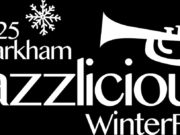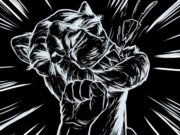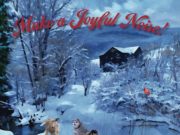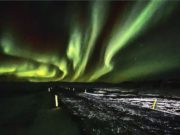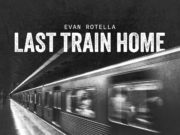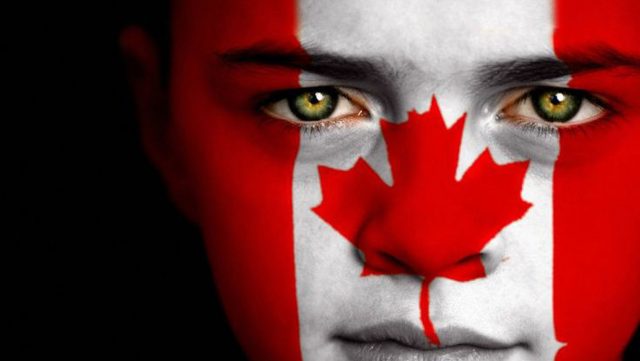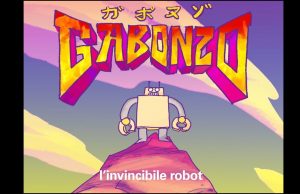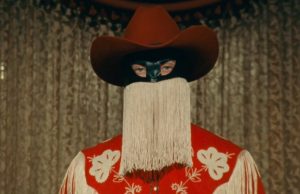For every great band that rises to immortality, countless more fall through the cracks of history into sonic oblivion.
This is especially true in Canada. With all due respect to all of our homegrown music industry, it has never been great at preserving our past. It’s not really anybody’s fault. We are, after all, a small market. It’s just not economically viable for labels to keep every album in print. But it’s still disappointing to know that in larger markets like America or Europe, smaller artists and cult bands are feted with box sets and documentaries — while here, they just vanish.
Mike Carr is doing his best to remedy that situation. The Canadian music fan and first-time author has just unveiled his book Rock My World Canada presents Canadian Alternative & Indie — an exhaustive discography of nearly 1,000 bands, from Absolutely Free to Zumpano and everyone between. Each entry in the 300-page tome includes a short bio and a list of their releases, with cover art. Not surprisingly, it’s a project that has consumed the Brantford resident’s waking hours for several years. Now that it’s been released — score a copy and get updates on his website Rock My World Canada — Carr took the time to tell us about how it got started, where it goes from here, and his own musical tastes.
What initially inspired you to put together the book? Have you written anything before?
 It all started about five years ago. I’ve always been of the opinion that in addition to music being a trigger for memories, album covers can do the same for a lot of people. I remember picking up an album when I was younger, taking it home and going over the cover front to back, checking the liner notes, admiring the artwork — it was something that I looked forward to. A friend and I were having our regular discussion about music in Canada and it was mentioned that back in the ’70s there was a book published that featured Canadian psychedelic bands that carried a short bio and the band’s discography, but it was only available in black and white. The concept sort of intrigued me, so I said to my buddy “Somebody should do an up-to-date version, but include all genres and make it in colour.” “Maybe I’ll do it!” And that started it. So, I started collecting the album covers and started a layout for the book. A few years go by and I’m still collecting the covers and doing the layout for the book, and I’m starting to think “What the hell did I get myself into? This is a massive undertaking!” The original concept was for a music type of encyclopedia that covered all musical genres and as the project went along I was becoming overwhelmed at the amount of material that was available. I needed to rethink it and see if there was even a market for it. So I sent some snapshots of the book off to several publishers, five of them in fact. All five rejected the idea for one reason or another. Well, that was discouraging! Maybe it’s not meant to be. So, I’m almost ready to pack it all in and I think, “What if I send this to Alan Cross?” who, in my mind is the music authority in Canada. Much to my surprise he responded to my e-mail and was blown away by the project — and has been helping me with promotion and advice ever since. In fact I am now a regular contributor on Alan’s A Journal Of Musical Things, twice a week. Anyway, Alan introduced me to author Martin Popoff and he suggested that I break things down to genres, so I started to rework it and decided that Alternative & Indie was the one that I was going to start with. After five long years it’s finally done, yay! Now comes the hard part. On a side note I don’t really consider myself a writer — since this is my first and only entry into the publishing world I hope the critics out there will take that into account.
It all started about five years ago. I’ve always been of the opinion that in addition to music being a trigger for memories, album covers can do the same for a lot of people. I remember picking up an album when I was younger, taking it home and going over the cover front to back, checking the liner notes, admiring the artwork — it was something that I looked forward to. A friend and I were having our regular discussion about music in Canada and it was mentioned that back in the ’70s there was a book published that featured Canadian psychedelic bands that carried a short bio and the band’s discography, but it was only available in black and white. The concept sort of intrigued me, so I said to my buddy “Somebody should do an up-to-date version, but include all genres and make it in colour.” “Maybe I’ll do it!” And that started it. So, I started collecting the album covers and started a layout for the book. A few years go by and I’m still collecting the covers and doing the layout for the book, and I’m starting to think “What the hell did I get myself into? This is a massive undertaking!” The original concept was for a music type of encyclopedia that covered all musical genres and as the project went along I was becoming overwhelmed at the amount of material that was available. I needed to rethink it and see if there was even a market for it. So I sent some snapshots of the book off to several publishers, five of them in fact. All five rejected the idea for one reason or another. Well, that was discouraging! Maybe it’s not meant to be. So, I’m almost ready to pack it all in and I think, “What if I send this to Alan Cross?” who, in my mind is the music authority in Canada. Much to my surprise he responded to my e-mail and was blown away by the project — and has been helping me with promotion and advice ever since. In fact I am now a regular contributor on Alan’s A Journal Of Musical Things, twice a week. Anyway, Alan introduced me to author Martin Popoff and he suggested that I break things down to genres, so I started to rework it and decided that Alternative & Indie was the one that I was going to start with. After five long years it’s finally done, yay! Now comes the hard part. On a side note I don’t really consider myself a writer — since this is my first and only entry into the publishing world I hope the critics out there will take that into account.
Obviously, there are countless Canadian artists you could have included. How did you decide who went on the list and who didn’t?
Well the book contains about 950 musicians and you’re right — I missed quite a few. Every day I run across new bands and artists, but I was getting close to the finish line and the book was close to 300 pages. I set myself a timeline and cutoff for June of 2018 and that was it. The deciding factor for most of the artists was, “Does this artist qualify as Alternative or Indie?” and “Is the material I need readily available?” My apologies in advance to all those that were missed, I know there are quite a few. My initial qualifier was that the artist or band had to record at least one studio album or EP, so no live albums, comps or splits were taken into consideration. So, unfortunately that eliminated quite a few right from the start.
“The book is an abridged version, designed as a companion piece for my website. Eventually, I hope to have one of the largest databases on Canadian musicians, so all past and currently working musicians, including the ones that were missed in the book, will eventually be added to the website.”
New albums and artists never stop coming. What are your plans for updating the list? Is this going to be a lifelong endeavour?
You’re right about that — new music and artists are popping up every day. The book is an abridged version, designed as a companion piece for my website. Eventually, I hope to have one of the largest databases on Canadian musicians, so all past and currently working musicians, including the ones that were missed in the book, will eventually be added to the website. It’s still a work in progress as you will see when you visit. Right now I’m just a few years from retirement and kind of started this whole thing as a project for when I pull the plug on the working life. So, is this going to be a lifelong endeavour? Hell yeah — that’s the plan! I have no delusions of becoming rich and famous, that’s not reality, but if I can supplement my retirement income, that would be awesome.
How far back in history did you go? How and why did you choose that particular cutoff point?
Some of the artists in the book go back as far as the mid-’80s, after disco died and underground indie started making a name, which eventually gave birth the term Alternative Rock in the ’90s. My research showed that’s when it all began, so that ended up being my cutoff point and goes right up to artists of today. Most people seem to think of Indie as only Indie Rock, but my book covers indie and alternative artists in country, folk, blues, punk, metal and jazz genres.
What was the hardest part of the process? The easiest? How long did it take? Was it harder than you expected?
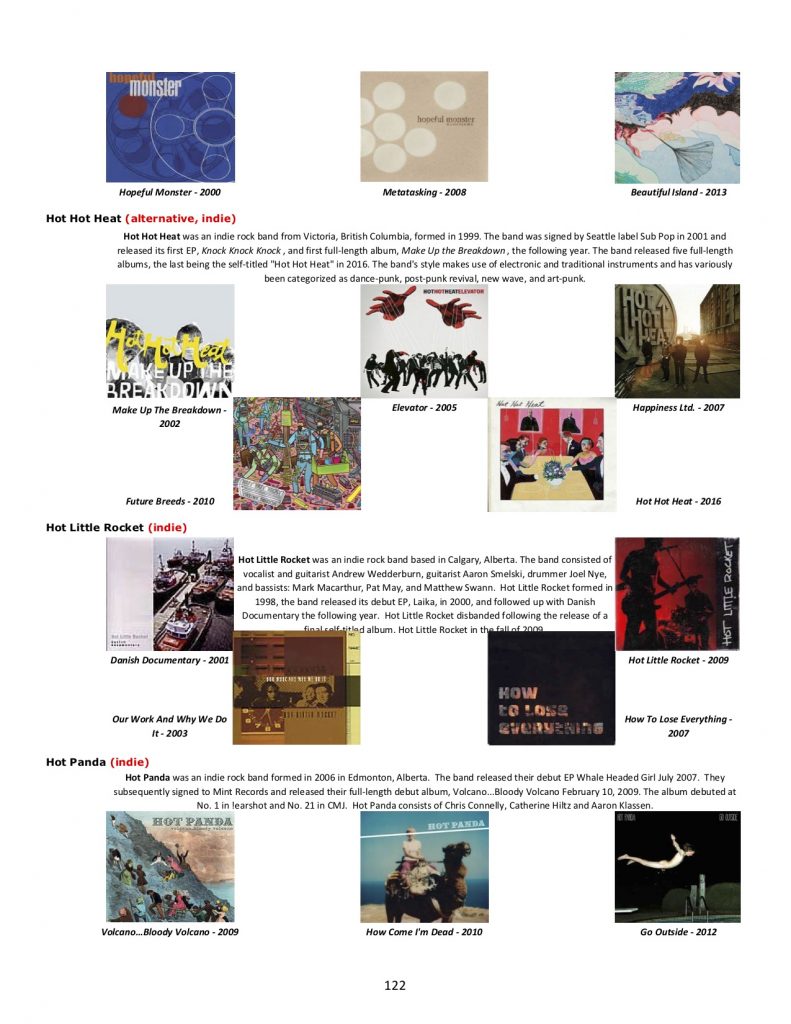 I think the hardest part was the physical component of the book — formatting the layout, editing, designing the cover, rework, rework and rework until I was happy with the final result. That’s the downside of self-publishing — you don’t get that technical support or marketing and promotion that you would get with a traditional publisher. The upside is that I have full control over the entire process. Like I said earlier, the project so far has taken about five years of researching the material and collecting the album covers. Was it harder than I expected? Oh yeah, I was overwhelmed with the available material, but it has been a labour of love! I’m working a full-time job, writing the book, building a website, and posting regular updates on social media, and trying to balance it all with family. And in addition to all that I try to work some record shows for promo, and then try to get my book into some traditional retail outlets.
I think the hardest part was the physical component of the book — formatting the layout, editing, designing the cover, rework, rework and rework until I was happy with the final result. That’s the downside of self-publishing — you don’t get that technical support or marketing and promotion that you would get with a traditional publisher. The upside is that I have full control over the entire process. Like I said earlier, the project so far has taken about five years of researching the material and collecting the album covers. Was it harder than I expected? Oh yeah, I was overwhelmed with the available material, but it has been a labour of love! I’m working a full-time job, writing the book, building a website, and posting regular updates on social media, and trying to balance it all with family. And in addition to all that I try to work some record shows for promo, and then try to get my book into some traditional retail outlets.
Tell me about your own music collection. Are you a completist? Who are your favourite Canadian acts and albums? Do you prefer vinyl? CD? Digital?
I would not consider myself a completist. I’m pretty sure I don’t have the entire discography of any artist, but I’m not finished yet. Some of my favourite Canadian acts are Saga, Rush, The Tragically Hip, Bachman-Turner Overdrive, The Guess Who, Teenage Head and newer music from Dear Rouge, USS, The Dead South. I could go on and on! My favourite genres are Alternative Rock and Classic Rock, but I’m finding that since I stared this project I’m discovering all kinds of new music of different genres, some of which is surprisingly very good, and yeah, some not so good. But I’m certainly more than willing to listen to all of it. I’m a die-hard vinyl guy with a modest collection of about four hundred albums. CDs were never my thing — I think I might have four or five and I used to have a fair bit of digital, but as I started this project and heard about how the musicians were getting stiffed because of pirated music, I decided to take a second look at myself and stop using that format, unless I was going to pay for it. I’m not a big fan of streaming either when I see how much the artists are actually making from it. I wouldn’t want to appear a hypocrite when I’m trying to promote Canadian music, then not support it by actually purchasing the music.
Now that you’ve completed this project, what’s next?
Right now, I’m working on my second reference and collectors guide on Canadian Blues. It will be along the same format as Canadian Alternative & Indie, but I’m hoping to go back as far as the ’40s and ’50s up to today with the research. After that, I’ll be working on additional genres such as jazz, country, classic rock, punk, metal, folk, etc. It doesn’t really matter if I make any money from it, it’s something that I love and I would like in some small way to do my part in promoting Canadian musicians. I guess I think of it as paying it forward, a tribute, and most of all a thank you to the musicians and all of the great music I’ve been listening to for the past 60 years. Apart from that I will continue to work on the website and build that database.






